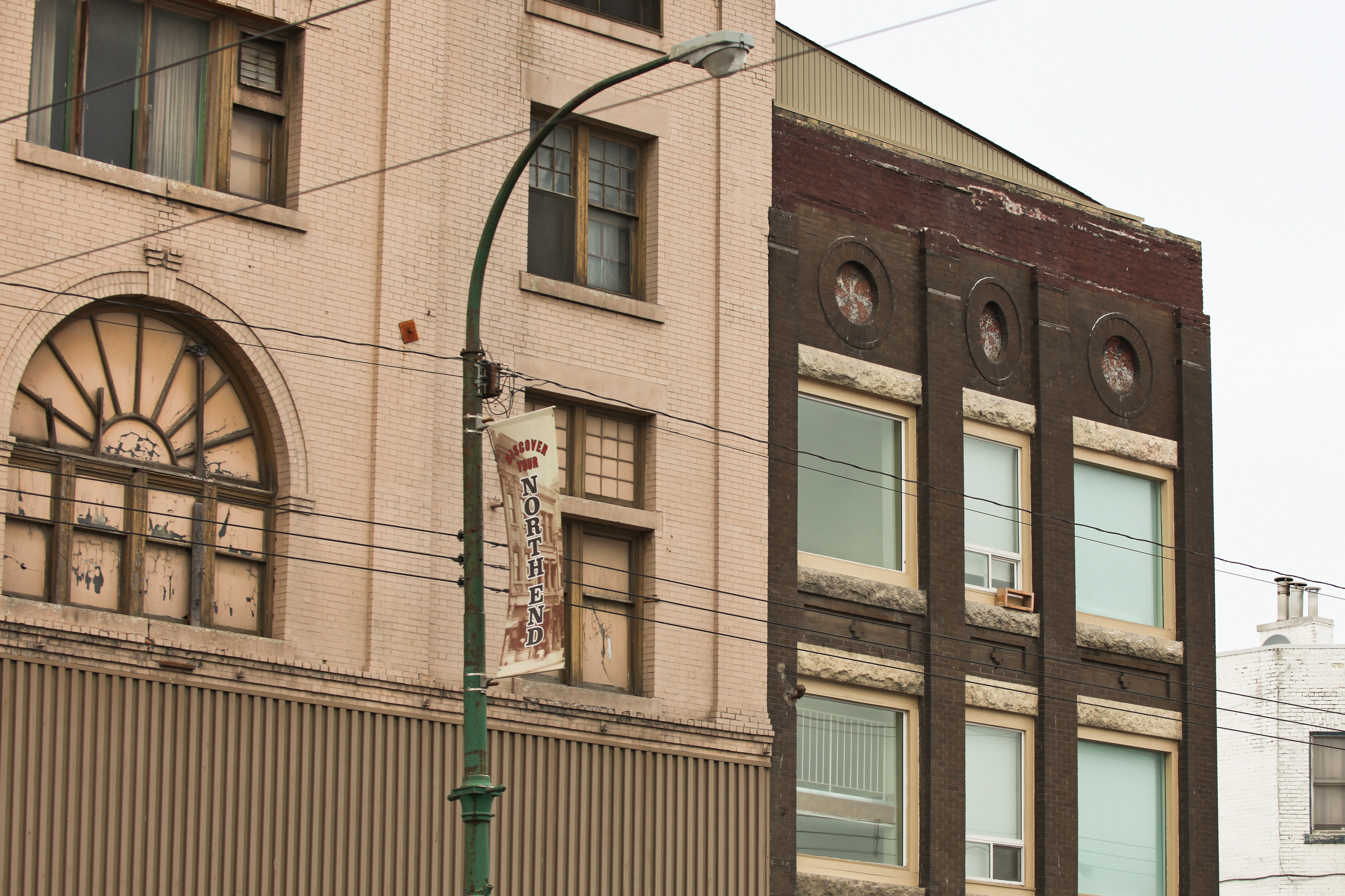Recently, I went on a tour of the North End with my Manitoban colleagues Grace Romund and Rachel Wood. The tour was led by Rachel, as she works with the North End Community Renewal Corporation (NECRC), an organization “committed to the social, economic, and cultural renewal of the North End of Winnipeg.”
NECRC is doing very important work, work that can be made tougher since perceptions of the North End are often shaped by crime reports. This is in some ways legitimate as it is important for news organizations to report on crime. However, what ends up happening is that for many of us, the only time we hear about the North End is when we read or listen to a report about a shooting or stabbing. We don’t hear about the good work that is being done there, and we don’t hear about those—like NECRC—who are giving their heart and soul to bring people out of poverty and create opportunities for growth, development, and safe communities.
After the tour, and having discussed the North End with folks on the ground there, I think it is important to address a few common myths or perceptions about the area.
1) The North End is not a war zone
It is a fact that there is more crime in the North End than in other areas of Winnipeg, but perspective is needed. We’re not talking about Syria here. The North End is a part of Winnipeg, Manitoba, not a war-torn region or a disaster area.
2) The people of the North End are not giving up
There is an understandable perception among some that the North End has succumbed to apathy, and that there are very few people working to make things better. From what I saw, the opposite is the case. While the challenges are large, there are people working to rise to those challenges. There are many individuals and organizations working diligently to bring opportunity and growth to the North End, and there is a strong spirit of community involvement.
3) Local action and solutions are best
As NECRC states in its Development Philosophy, they will “Develop strategies that arise from local leadership rather than top-down initiatives.”
It is clear to me that there are people in the North End who know what needs to be done to continue to improve the community and to address the serious challenges there. This is a case where decisions made by the people on the ground will be the best decisions. The key is to eschew top-down decision-making and empower local organizations and people to make positive changes.
4) It will take time
Many of the difficulties facing the North End have built up over generations and decades. Progress will not come instantaneously, but what matters is that progress is being made.
After a short visit to the North End, I’m not going to claim that I have all the answers. I look forward to spending more time in the North End and learning more in depth about the area. What I can say now though, is that the visit opened my eyes to the fact that—even in the midst of clear challenges—there is also tremendous opportunity and hope in the North End. The struggles and the difficulties are real, but so are the people working every day to make things better.
My last point is that I think there are times when many of us have a sense that the North End is not really a part of our city. The problems of the North End feel like something happening “somewhere else.” Yet, the people of the North End are our fellow Winnipeggers; they are our fellow Manitobans. And they are our fellow Canadians.
The North End is more than a few words written on a piece of paper in a news report or flashed across the screen on a newscast, it is a community of human beings, people struggling—like all of us—to build a better life and to create a hopeful future.


